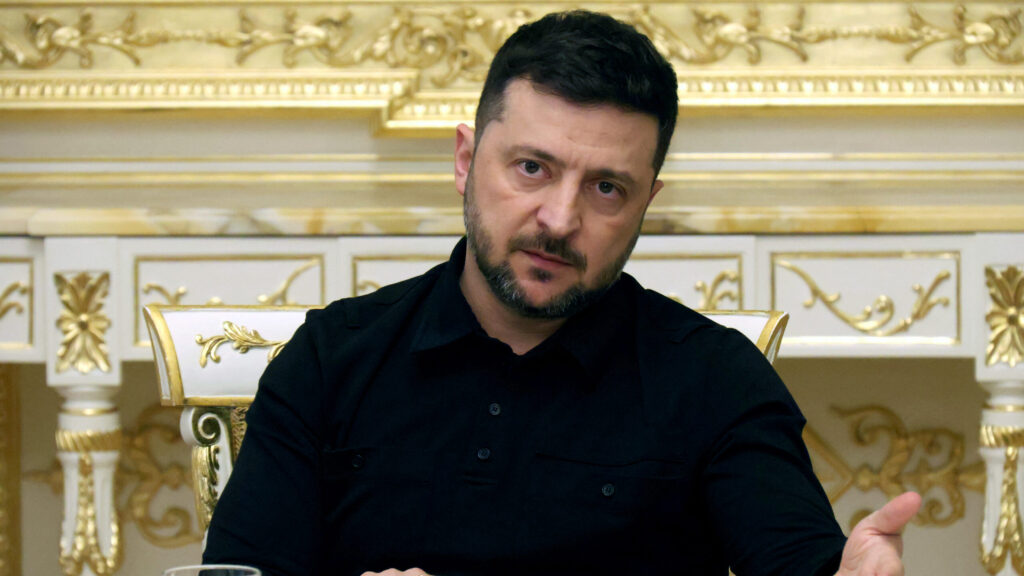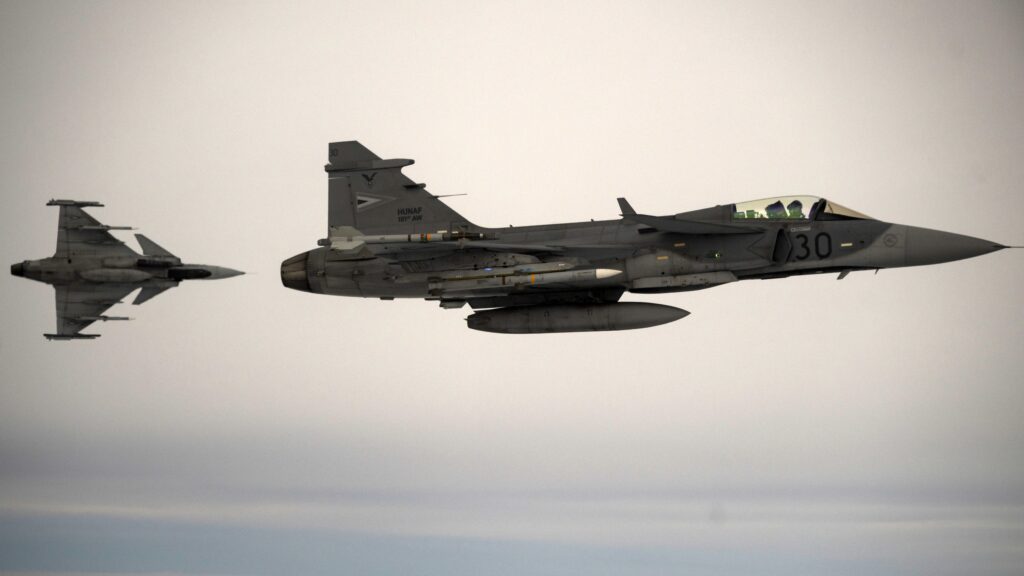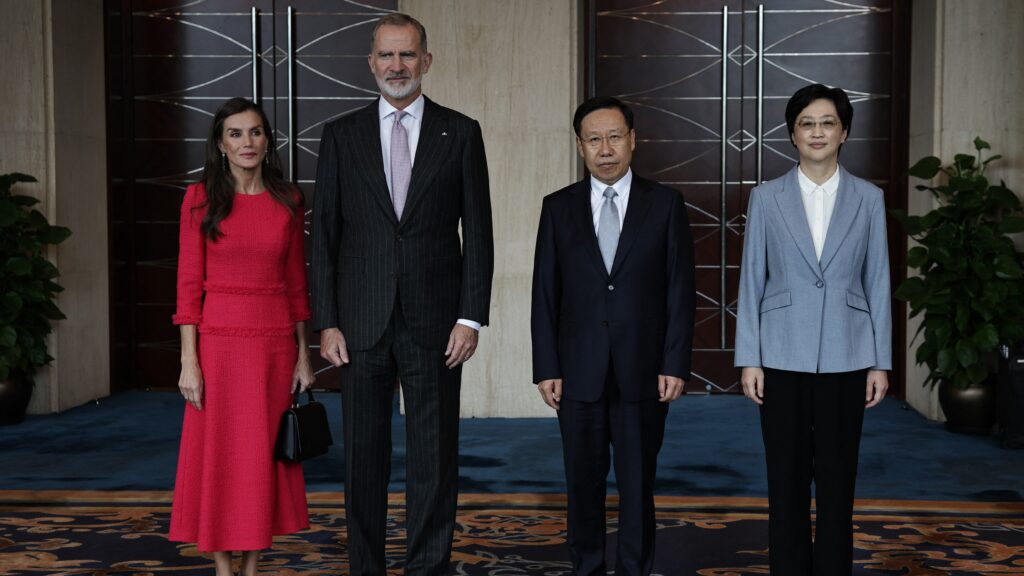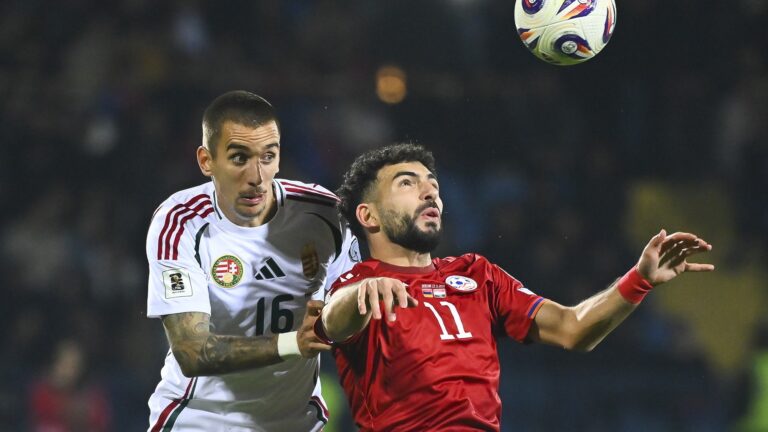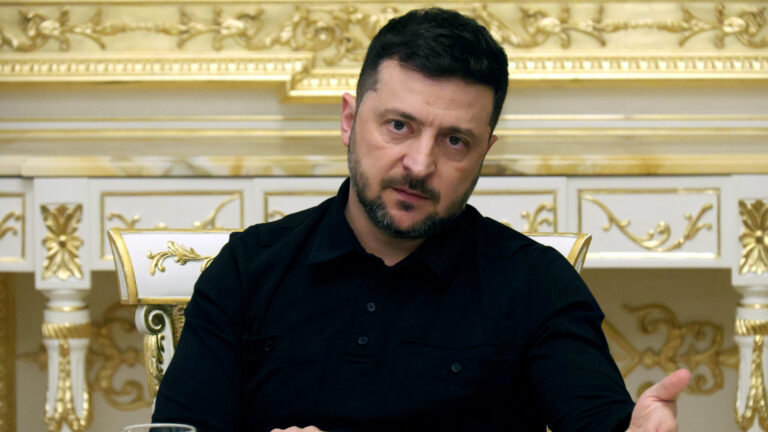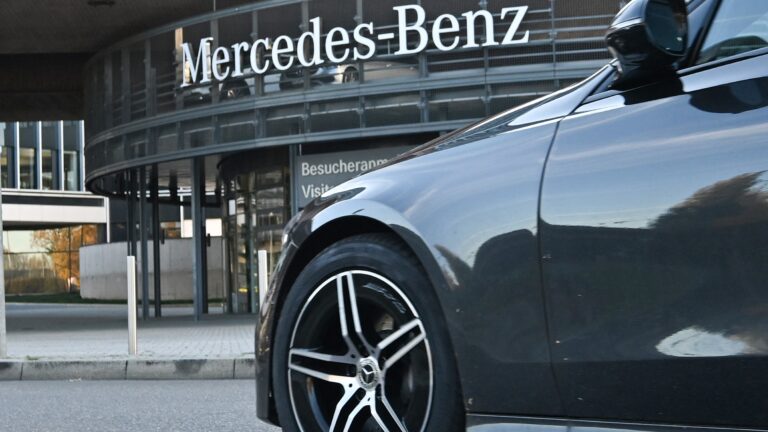NATO member state leaders will gather in The Hague, the Netherlands, on 24–25 June for the annual summit of the transatlantic defence alliance. However, this year’s meeting will be far from routine: in recent days, tensions in the Middle East have escalated to levels not seen in many years, with the United States directly striking Iranian nuclear facilities, joining Israel’s campaign launched on 13 June.
US Push for Increasing Defence Spending
According to the official agenda, ‘NATO leaders will address a variety of issues facing the Alliance. They will focus on deterrence and defence, ensuring that NATO has the resources, forces and capabilities to face any threat.’ Media reports overwhelmingly suggest that the main focus will be on increasing defence spending as a percentage of GDP among member states, with Washington aiming to raise the threshold to 5 per cent—up from the current 2 per cent, a target not even met by most European members.
The 5 per cent benchmark is of particular importance to the Trump administration. Many senior officials, including the president himself, believe that European members contribute far less than the United States while still expecting Washington to guarantee their security. During his first meeting with NATO counterparts in February, US Secretary of Defence Pete Hegseth emphasized that the United States would no longer tolerate NATO’s unequal defence burden-sharing, which he said has created overdependence on Washington. He underscored that the US faces significant challenges on its own borders and would henceforth prioritize addressing those rather than continuing to carry the weight of Europe’s security needs.
‘Some member states, including Spain and Slovakia, have already voiced opposition to the 5 per cent target’
Some member states, including Spain and Slovakia, have already voiced opposition to the 5 per cent target, with Spanish Prime Minister Pedro Sánchez being the first to request an exemption. However, the majority of the alliance appears to support the increase, driven largely by the perceived threat of a potential Russian attack on NATO territory. Eastern Flank countries such as the Baltic states, Poland, and Romania, as well as Western powers like the United Kingdom, France, and Germany, have rallied behind Trump’s proposal. Poland, for example, already spends 4.7 per cent of its GDP on defence. Hungarian Prime Minister Viktor Orbán described the 5 per cent target as a ‘shot in the lung’ for the country’s economy, but signalled that if a consensus is reached, Budapest will adapt and gradually work towards the goal.
Member states already agreed on a draft proposal last week, stipulating 3.5 per cent for core defence and an additional 1.5 per cent for related security and infrastructure resilience by 2035. To reach a compromise, NATO softened the language from ‘we commit’ to ‘allies commit,’ allowing for flexibility—Spain secured an opt-out clause so long as it meets capability targets. However, the final declaration may still be vetoed during the summit in The Hague.
Ukraine’s Poor Prospects
If adopted, the agreement would represent a clear win for US President Donald Trump, who returns to the NATO table for the first time since 2019. The Hague summit will also mark the first annual meeting chaired by Secretary General Mark Rutte, elected almost exactly one year ago. Notably, this will also be the first NATO summit since 2022 not centred on Ukraine.
Support for Kyiv in its defensive war against Russia has already diminished since the second Trump administration assumed office—unsurprising, given Trump’s campaign pledged to pursue peace and scale back unconditional financial and military aid to Ukraine. The administration also opposes Ukraine’s accession to NATO.
Although peace talks commenced in February, they have so far yielded limited results. At the same time, Washington and Kyiv reached an agreement linking further military assistance to the joint extraction of Ukraine’s energy resources and critical minerals. However, according to the Washington Post, with earlier military and financial aid packages—approved under the Biden administration—set to expire, Trump has shown no interest in renewing those commitments.
Ukrainian President Volodymyr Zelenskyy will not attend Wednesday’s working meeting, marking the first time since Russia’s full-scale invasion that he will be absent. Jamie Shea, a former NATO spokesperson and Deputy Assistant Secretary General, told The Guardian that the summit would be ‘disappointing for Ukraine’. Moreover, discussion of the war in Ukraine was reportedly removed from the agenda just days before the summit, with media outlets citing Trump’s schedule as the reason.
All Eyes on the Middle East
Compounding Ukraine’s already poor prospects regarding the summit, tensions between Israel and Iran have escalated to an unprecedented level in recent days. Following Israel’s large-scale operation targeting Iranian nuclear facilities on 13 June, Iran retaliated with strikes on Israeli targets, resulting in several casualties. On 21 June, Trump ordered airstrikes on three Iranian nuclear sites, after which Iran struck American military bases in Qatar and Iraq. On Monday, however, Trump announced an immediate ceasefire between Israel and Iran—a claim confirmed by Israeli Prime Minister Benjamin Netanyahu but rejected by Tehran. Both sides breached the ceasefire within hours.
While the full extent of the damage caused by US and Israeli strikes to Iran’s nuclear programme remains unclear, the wider consequences of an escalating conflict involving Israel, Iran, and the United States are already being felt—particularly by European NATO members. Hungarian Prime Minister Viktor Orbán convened the Defence Council on Sunday and pledged to take all necessary steps to guarantee Hungary’s peace and security. ‘Hungary must face three major challenges as a result of the conflict in the Middle East: a growing terror threat, rising energy prices, and increasing migratory pressure on Europe,’ he stated. Although not on the official agenda, developments in the Middle East are certain to dominate private chatter in the coming days in The Hague.
Related articles:


